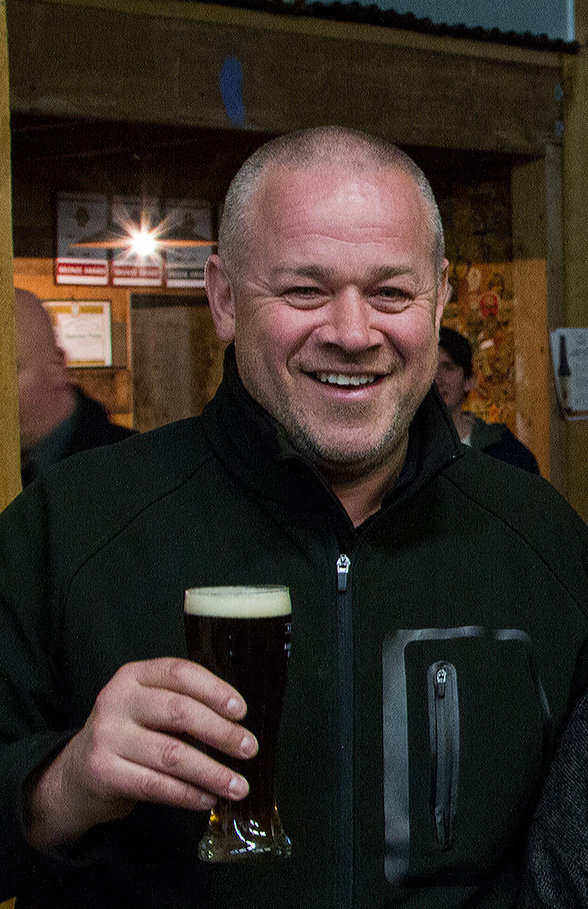
New Zealand’s South Island is a growing force in the food and beverage industry, with many innovative companies thriving on the mainland.
Peter Brown, the Head of the Food and Beverage Team at intellectual property law firm James & Wells, says that although geographical challenges provide a hurdle for South Island businesses, it’s one that they can overcome by collaborating and thinking outside the square.
“To sustainably grow the South Island’s F&B industry and its economy, we need to continue the current trend of diversifying high value products, and this needs each and every aspect of the innovation pathway.”
“We’ve all seen how putting all your eggs in one basket (i.e. dairy) is not particularly smart. The good thing is that we’ve recognised this, and we’re entering exciting new territory,” he says.
The sector was showcased in a recent degustation event organised by James & Wells, the New Zealand Institute of Food Science and Technology (NZIFST) and FoodSouth, the South Island arm of the Food Innovation Network.
Lucy Bennetto, founder of specialist chocolate maker Bennetto Foods which was part of the degustation event, says the South Island is a great place to be for food and beverage businesses.
“Being in the South Island it feels like there is an advantage of having a smaller and very supportive community to work from. It’s very easy to network and support each other well here in Christchurch and get to know other people in the industry,” she says.
“I don’t think I would have gone so far if I was located further north in the bigger cities such as Auckland.”
Carl Harrington, Director of craft beer maker Harrington’s Breweries, says most of the major raw materials (malt, hops) the company uses are grown in the South Island. “This is good because our ingredients remain fresh. The downside is that we have to pay transport for finished product to reach our North Island customers,” he says.
While they have got their start in New Zealand, both companies see their biggest growth opportunities in exporting to Australia and Asia.
“The interest in our product from Asia and Australia far exceeds the interest in New Zealand,” Bennetto says. “The problem is they love the product but the cost of production really needs to come down. This is the big challenge.”
Harrington says New Zealand’s craft beer sector has enormous potential, but more needs to be done for it to reach that potential. “We need collaboration among the F&B industry, sharing of ideas and resources, and perhaps more support from the government on the craft beer sector.
“Innovation is one of the key elements to success in any business, and the demand for craft beer is an increasing trend for the discerning consumers.”
Brown says there are several IP steps that can be taken to support innovation in the food and beverage sector, including market research, collaboration and protecting and leveraging IP.
“The important thing is to sit down and map it out with an expert first – ensuring that your competitive advantage is going to be looked after, and there is a strategic plan in place.”



